Stories Category: Intensive Care

Oxygen: Savior or Devil in a Green Dress?
If you ask any small child what doctors do or what happens in a hospital, you'll probably get some variation of "they make sick people better." Were you to ask the same question of one of those doctors or someone working... read more
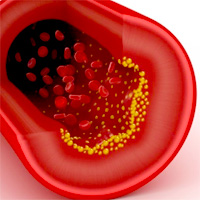
Lack of association between airflow limitation and recurrence of venous thromboembolism among cancer patients with pulmonary embolism
The presence of airflow limitation did not increase the risk of VTE recurrence in cancer patients with PE. Prospective studies are needed to validate this finding. Among 401 cancer patients with newly diagnosed PE, spirometry-based... read more
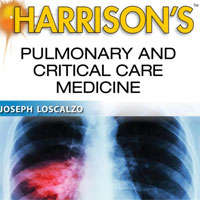
Harrison’s Pulmonary and Critical Care Medicine
Featuring a superb compilation of chapters related to pulmonary and critical care topics, this concise, full-color clinical companion delivers the latest knowledge in the field backed by the scientific rigor and authority... read more

Diagnostic Workup, Etiologies and Management of Acute Right Ventricular Failure
Right Ventricular (RV) function evaluation is key in the critically-ill patients for hemodynamic management, as fluid optimization, vasopressor strategy and respiratory support. RV failure may be diagnosed by the association... read more

Resuscitation Sequence Intubation – Hypoxemia Kills
This blog post is the second part of a series of 3, on a recent lecture I was asked to give on Critical Care Updates: Resuscitation Sequence Intubation. This talk was mostly derived from a podcast by Scott Weingart (Twitter:... read more

Can A Cocktail Of Vitamins And Steroids Cure A Major Killer In Hospitals?
Scientists have launched two large studies to test a medical treatment that, if proven effective, could have an enormous impact on the leading cause of death in American hospitals. The treatment is aimed at sepsis, a condition... read more

Listen to Our Intensive Care Nurses
My genuine hope with this podcast is to inspire and empower you to bring your best self to work and to consider adopting some of the habits and behaviours my guests give their perspectives on, with the ultimate purpose of... read more

Emory Cares for ICU Patients Remotely, Turning “Night into Day” from Australia
A partnership involving Emory Healthcare, Royal Perth Hospital in Australia, along with health technology company, Philips, will move night intensive care work in the Emory eICU Center into daylight hours, focusing on the... read more
ECMO in Sepsis
In this episode, Zack talks with Heidi Dalton about ECMO use in Sepsis. This is another controversial area with pediatric literature showing strong results while the adult results have been less impressive. Heidi has been... read more
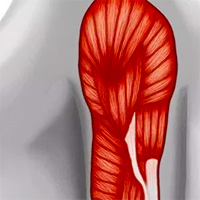
Evaluating Muscle Mass in Survivors of ARDS
In the first year after acute respiratory distress syndrome (ARDS), patients gained fat mass and maintained lean mass. We found no association of whole body percent lean mass with commonly hypothesized hospital risk factors.... read more

Delirium Prediction in the ICU
While both ICU delirium prediction models have moderate-to-good performance, the PRE-DELIRIC model predicts delirium better. However, ICU physicians rated the user convenience of E-PRE-DELIRIC superior to PRE-DELIRIC. In... read more
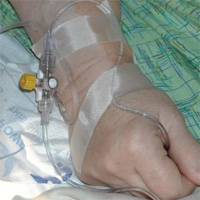
Nicorandil Protects Older Patients from Myocardial Injury After PCI
Intravenous nicorandil cut the risk of periprocedural myocardial injury (pMI) after percutaneous coronary intervention (PCI) by 49 percent among patients 65 and older, according to a substudy of a randomized trial published... read more
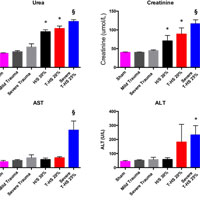
Scavenging Circulating Mitochondrial DNA as a Potential Therapeutic Option for Multiple Organ Dysfunction in Trauma Hemorrhage
Trauma is a leading cause of death worldwide with 5.8 million deaths occurring yearly. Almost 40% of trauma deaths are due to bleeding and occur in the first few hours after injury. Of the remaining severely injured patients... read more

The Power of a Nurse: Penn State Health Debuts Photojournalistic Project for National Nurses Week
Being a nurse takes grit paired with tenderness, methodical diligence and on-the-spot resourcefulness, nerves of steel yet words of compassion. It's a "calling," people often say, with admiration but little understanding... read more








